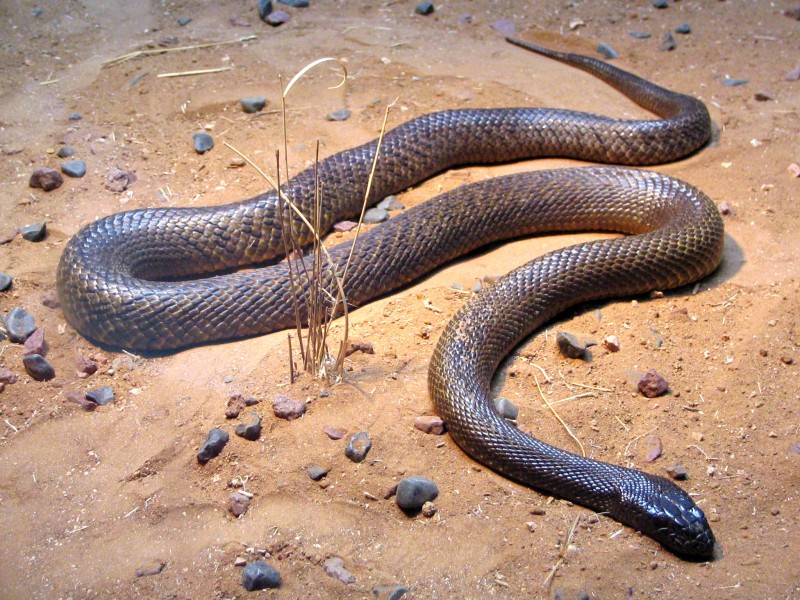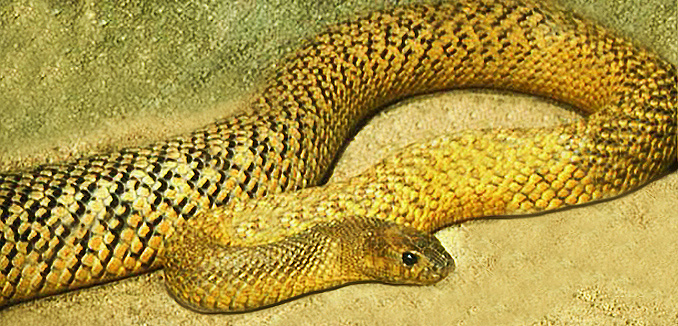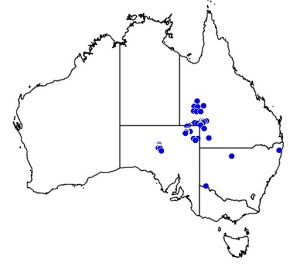Colours
Distinguishing features
It is dark tan, ranging from a rich, dark hue to a brownish light-green, depending on season. Its back, sides and tail may be different shades of brown and grey, with many scales having a wide blackish edge. These dark-marked scales occur in diagonal rows so that the marks align to form broken chevrons of variable length that are inclined backward and downward. The lowermost lateral scales often have an anterior yellow edge. The dorsal scales are smooth and without keels. The round-snouted head and neck are usually noticeably darker than the body (glossy black in winter, dark brown in summer), the darker colour allowing the snake to heat itself while only exposing a smaller portion of the body at the burrow entrance. The eye is of average size with a blackish brown iris and without a noticeable coloured rim around the pupil. It has twenty-three rows of mid-body scales, between fifty-five and seventy divided subcaudal scales, and one anal scale. (Wikipedia)
Size
- Up to 250 cm (Length of specimen)
Synonyms
Distribution
Diet
It consumes mostly rodents, small mammals and birds. Unlike other venomous snakes that strike with a single accurate bite then retreat while waiting for the prey to die, it is known to deliver up to seven venomous bites in a single attack. (Wikipedia)
Web resources
Danger
- rarely fatal - Their bite is extremely venomous and is likely to be fatal without appropriate treatment including antivenom.


